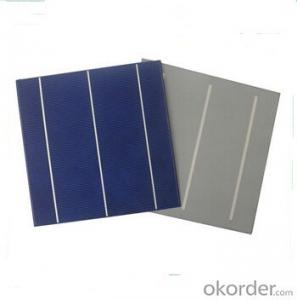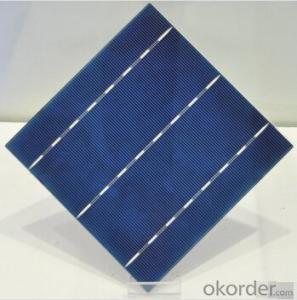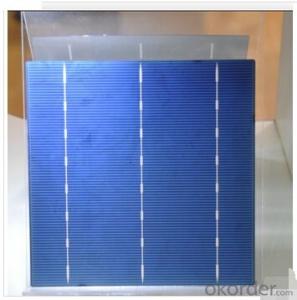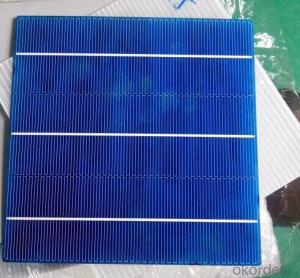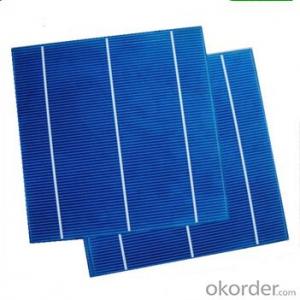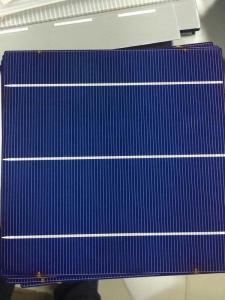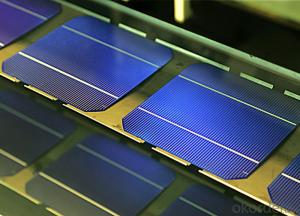Hanwha Solar Cells
Hanwha Solar Cells Related Searches
Except For Solar Cells Weegy Problems With Solar Cells High Power Solar Cells Light Trapping In Solar Cells High Performance Solar Cells High Output Solar Cells High Wattage Solar Cells Energy Transfer In Solar Cells High Efficiency Hvac Systems Recombination In Solar CellsHot Searches
Cheap Solar Cells For Sale Flexible Solar Cells For Sale Q Cells Solar Panels For Sale Printed Solar Cells For Sale Bulk Solar Cells For Sale 6x6 Solar Cells For Sale Broken Solar Cells For Sale Cpv Solar Cells For Sale Photoelectric Cells For Sale Price Of Silicon Solar Cells Price Of Solar Cells Over Time Buy Solar Cells From China Cheap Solar Cells China Best Type Of Solar Cells Flexible Solar Cells Price Q Cells Solar Panels Price 3 Types Of Solar Cells Production Of Solar Cells Common Types Of Solar Cells Q Cells Solar Panel PricesHanwha Solar Cells Supplier & Manufacturer from China
Okorder.com is a professional Hanwha Solar Cells supplier & manufacturer, offers integrated one-stop services including real-time quoting and online cargo tracking. We are funded by CNBM Group, a Fortune 500 enterprise and the largest Hanwha Solar Cells firm in China.Hot Products
FAQ
- Is there any easy way to make a solar cell? I want to make a DIY solar cell with my child at home.
- A solar cell is converts sunlight into the power, in this way, you can just use the silicon.
- Solar cells perform better in high altitude environments due to several factors. Firstly, at higher altitudes, there is less atmospheric interference, resulting in reduced scattering and absorption of sunlight. This allows solar cells to receive more direct and intense sunlight, increasing their efficiency. Secondly, the lower temperatures at higher altitudes help solar cells operate more efficiently as they generate less heat, reducing the risk of overheating. Finally, the thinner air at higher altitudes allows for better heat dissipation, further enhancing the performance and lifespan of solar cells. Therefore, solar cells are generally more effective and efficient in high altitude environments.
- A multi-junction solar cell is a type of photovoltaic cell that consists of multiple layers of different semiconductor materials, each designed to absorb different wavelengths of sunlight. This allows the cell to convert a broader spectrum of light into electricity, resulting in higher efficiency and improved performance compared to traditional single-junction solar cells.
- Solar cells have a significant impact on reducing dependence on foreign energy sources as they harness the abundant and renewable power of the sun. By generating electricity locally, solar cells decrease the need for importing energy from foreign countries, promoting energy independence. This not only strengthens national security but also reduces the economic and political risks associated with relying on foreign energy supplies. Additionally, solar cells contribute to a more sustainable and environmentally friendly energy system, reducing carbon emissions and mitigating climate change.
- Yes, solar cells can be used in underwater applications. However, special considerations need to be taken into account, such as protecting the cells from water damage and optimizing their performance in low light conditions. Waterproof enclosures and specialized coatings can help ensure the durability and efficiency of solar cells in underwater environments.
- How can I understand the working principles of solar cells?
- My way of understand the working principles of solar cells is to read tons of books about that topic.
- Yes, solar cells can be used in remote areas without access to the grid. Solar cells, also known as photovoltaic cells, convert sunlight into electricity. They can be installed in remote locations to generate power and provide electricity where there is no access to the traditional power grid. Solar energy is a sustainable and renewable source of energy, making it an ideal solution for off-grid areas.
- The cost of solar cells varies depending on a variety of factors such as the type and size of the solar cell, installation costs, and government incentives. On average, the cost can range from $0.30 to $0.60 per watt for residential solar cells and can be higher for commercial or utility-scale installations. It's important to consider the long-term benefits and savings that solar cells provide, making them a cost-effective investment in renewable energy.
















